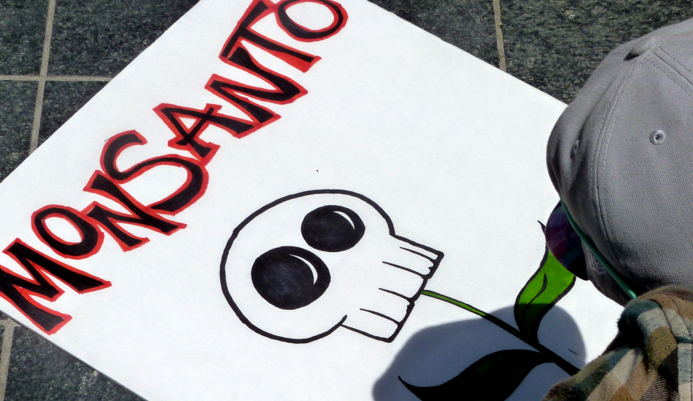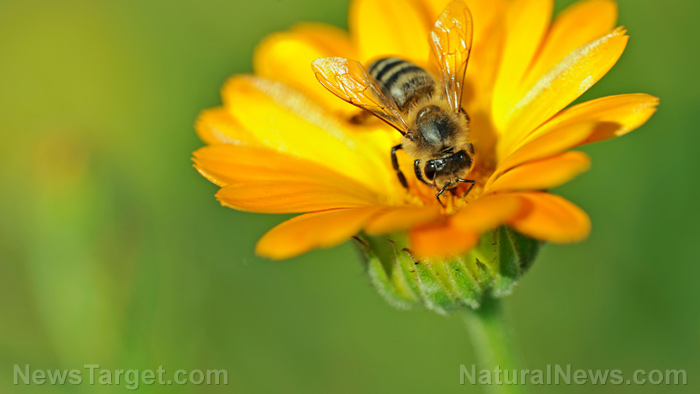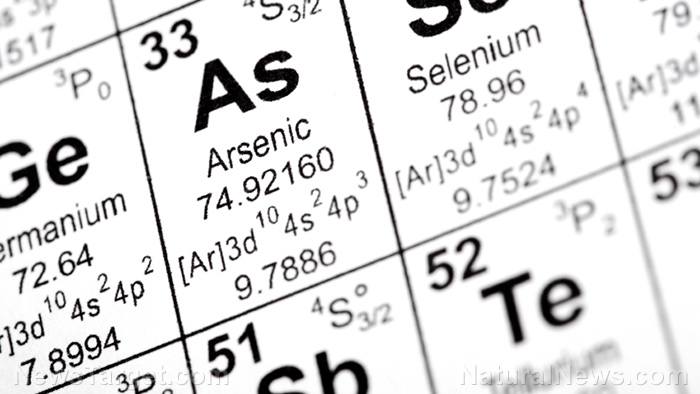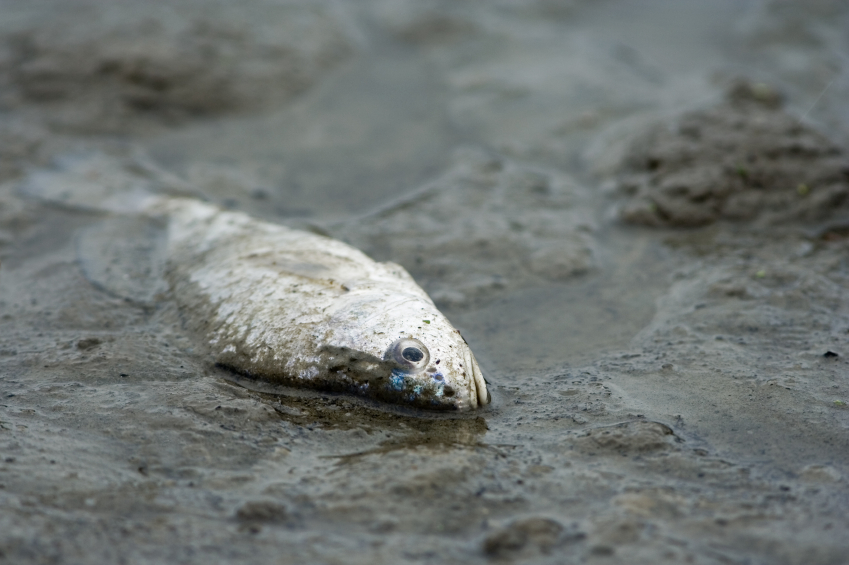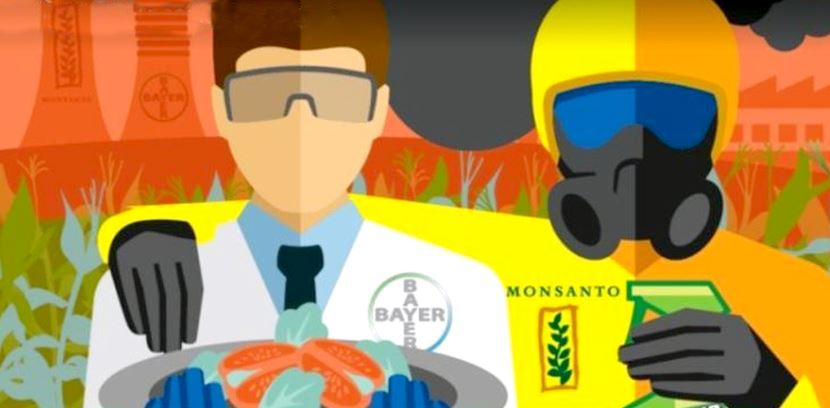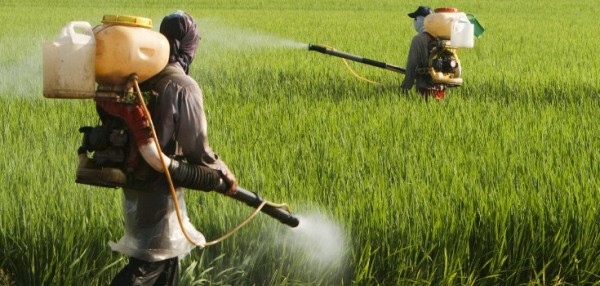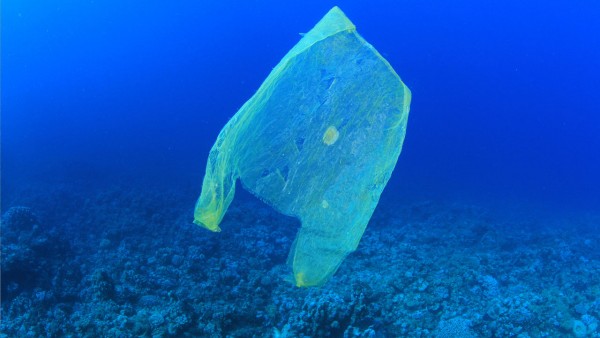Phorate — toxicity, side effects, diseases and environmental impacts
11/29/2017 / By Janine Acero

Phorate is an extremely toxic organophosphate pesticide, which appears as clear to yellow liquid with a skunk-like odor. Formulations come in granules or emulsifiable concentrate. It is used to control sucking and chewing insects, leafhoppers, leafminers, mites, some nematodes and rootworms.
Phorate is registered for use in around half of the world’s countries including the U.S., Canada, the U.K., Australia, New Zealand and India, among others. It is applied to root and field crops, including corn, cotton, coffee, some ornamental and herbaceous plants and bulbs.
Most of the uses for phorate have been canceled and it is labeled as “HIGHLY TOXIC – POISON” and as a Restricted Use Pesticide (RUP). Its chemical name is O,O-diethyl s-ethylthiomethyl phosphorodithioate.
Trade names for phorate include AC 8911, Agrimet, Geomet, Granutox, Phorate 10G, Rampart, Terrathion, Thimenox, Thimet, Timet, Vegfru, and Vegfru Foratox.

List of known side effects
Phorate is fatal if swallowed, inhaled or in contact with skin, as per the PubChem open chemistry database. Other adverse symptoms of direct contact include:
- Abdominal cramps
- Diarrhea
- Vomiting
- Irritation to the eyes
- Respiratory tract discomfort
- Miosis
- Rhinorrhea (discharge of thin mucus)
- Headache
- Chest tightness
- Wheezing
- Laryngeal spasm
- Salivation
- Cyanosis
- Anorexia
- Nausea
- Sweating
- Muscle fasciculation
- Lassitude (weakness, exhaustion)
- Paralysis
- Dizziness
- Confusion
- Ataxia
- Convulsions
- Coma
- Low blood pressure
- Cardiac irregularities
Despite these side effects, the United States Environmental Protection Agency (EPA) classified phorate as Group E “Evidence of Non-carcinogenicity for Humans”. There is also no evidence of teratogenic (birth defects) and mutagenic (DNA damage) potential based on animal tests.
Phorate is moderately persistent in the soil and may enter water sources through run-offs, which can affect aquatic organisms. Phorate is highly toxic to birds, bees and aquatic organisms.
Body systems affected by phorate
Products containing phorate as an active ingredient are labeled with a DANGER signal word. Direct contact with this substance can adversely affect the eyes, skin, respiratory system, central nervous system, cardiovascular system and blood cholinesterase.
Items that can contain phorate
Products containing phorate as an active ingredient include:
- Thimet
- Phorate
- Rampart
- Thimenox
These are the manufacturers and suppliers of products containing phorate (historically or actively):
- AgroCare
- Amvac Chemical Group
- King Tech Corp
- Amercian Cyanamid
How to avoid phorate
For handlers, mixers and applicators of phorate, it is required to wear protective work clothing such as safety overalls, splash proof goggles, chemical-resistant gloves and rubber boots. Wash thoroughly immediately after exposure to phorate and at the end of the workshift.
A hazardous substance fact sheet notes that hazard and warning information must be posted in the work area and all information on the health and safety hazards of phorate must be communicated to potentially exposed workers.
Where to learn more
- Chemical Causes of Diabetes: Overeating Is Not the Only Problem
- Working with pesticides raises women’s risk of diabetes
- Chemicals.news
- Toxins.news
- Pesticides.news
Summary
Phorate is an extremely toxic organophosphate pesticide. Products containing phorate as an active ingredient are labeled “DANGER – POISON”.
Phorate is used to control a wide variety of insect pests, including sucking and chewing insects.
Phorate is registered for use in around half of the world’s countries. It is labeled as Restricted Use Pesticide (RUP).
Phorate is fatal if swallowed, inhaled or in contact with skin. It targets the eyes, skin, respiratory system, central nervous system, cardiovascular system and blood cholinesterase. It is also non-carcinogenic, non-mutagenic and non-teratogenic.
Phorate is highly toxic to birds, bees and aquatic organisms.
Sources include:
Tagged Under: Phorate



